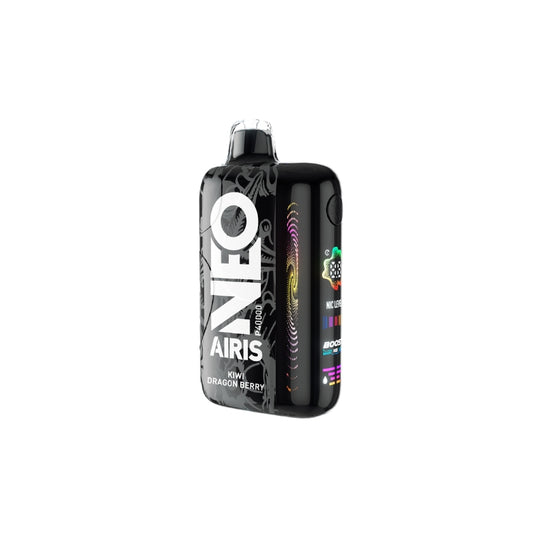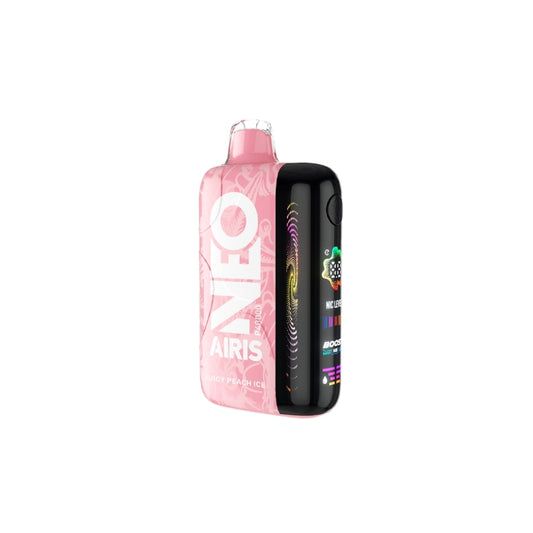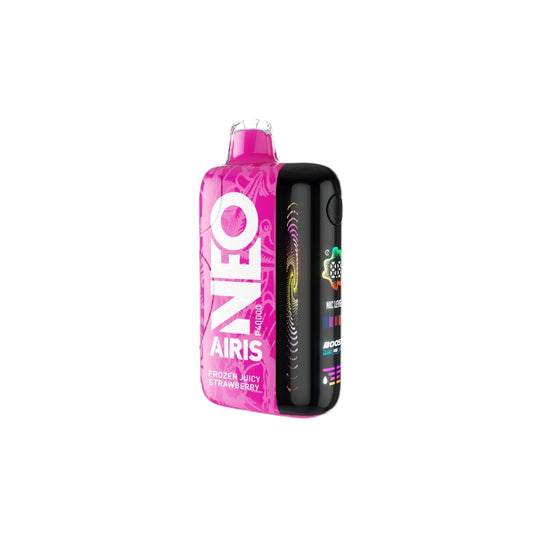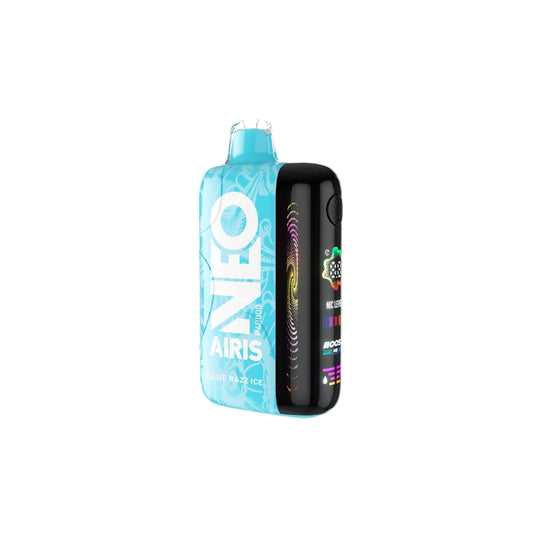What Are the Ingredients in Vape Juice?
The fact that you’re a health-conscious person probably had a great deal to do with your decision to switch from smoking to vaping and eliminate tobacco products from your life. The fact that you’re no longer inhaling cigarette smoke, though, doesn’t mean that you’re going to stop being vigilant about what you put into your body. That’s why you’re here looking for information about the ingredients in vape juice.
So, what is in vape juice? As you’re about to learn, e-liquid is actually a surprisingly simple product – especially compared to the complex and chemical-laden process of making cigarette tobacco. The majority of the e-liquids on the market consist of just four ingredients: propylene glycol, vegetable glycerin, nicotine and flavors. As you’re about to learn, all four of those vape juice ingredients are things that you most likely consume or use every day.
Let’s dive in and learn more about what you’re actually inhaling when you vape.
Propylene Glycol
Propylene glycol and vegetable glycerin (PG and VG) are the two ingredients that make up the majority of any e-liquid. You can’t just vape nicotine on its own because pure liquid nicotine is incredibly strong. Likewise, liquid food flavors are very concentrated in their original forms. Flavors and nicotine make up a very small portion of a bottle of vape juice, and those ingredients need to be added to a base that dilutes them to the desired strength. PG and VG do that job.
With more than 2.16 million metric tons produced annually, propylene glycol is one of the world’s most commonly used chemicals. It also has the Generally Regarded as Safe designation – as does vegetable glycerin – meaning that it is not known to be harmful when consumed orally.
PG has a number of useful properties. Because of those properties, it’s used in a wide variety of oral and topical products.
In addition to the products mentioned above, you’ll also find PG in eyedrops, bottled coffee drinks, frozen dairy desserts and whipped creams – just to name a few common items.
Effect on E-Liquid
The properties of an e-liquid depend in part on the ratio in which PG and VG are used.
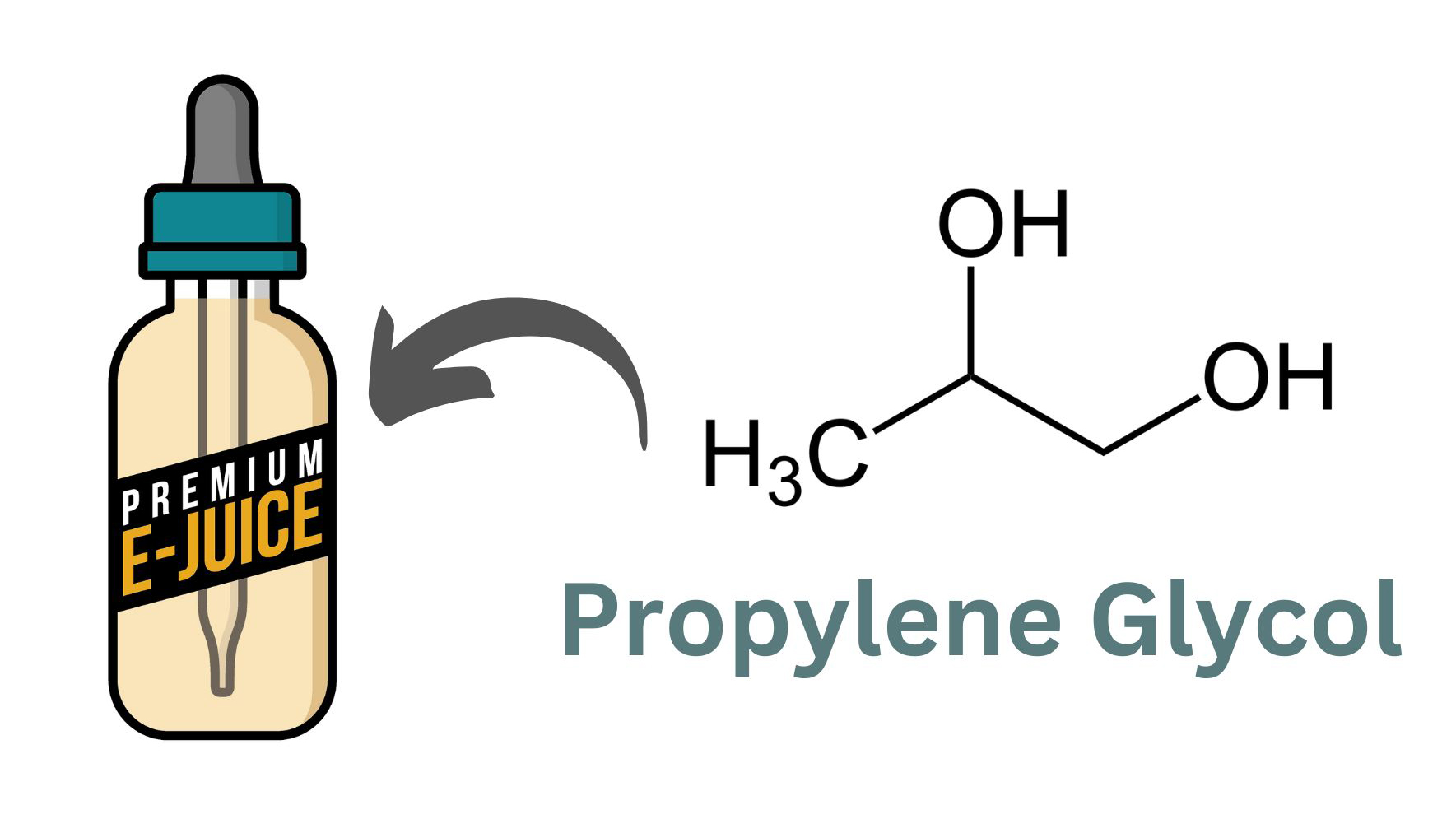

Vegetable Glycerin
While propylene glycol is usually produced synthetically, vegetable glycerin is a natural chemical that’s actually quite common because it’s a byproduct of soapmaking. Some of the VG that’s created in the production of soap is actually added back into the soap for its moisturizing properties, and the rest is available for other uses. VG’s properties are actually somewhat similar to those of VG, so the two chemicals are used interchangeably in many applications.
Effect on E-Liquid
In the beginning of the vaping industry, all commercial e-liquids used only PG as a base. Companies began to add VG later, after it was discovered that the slightly thicker liquid produced some desirable effects. Today, most vape juices use at least 50 percent VG, and high-VG blends are also popular.
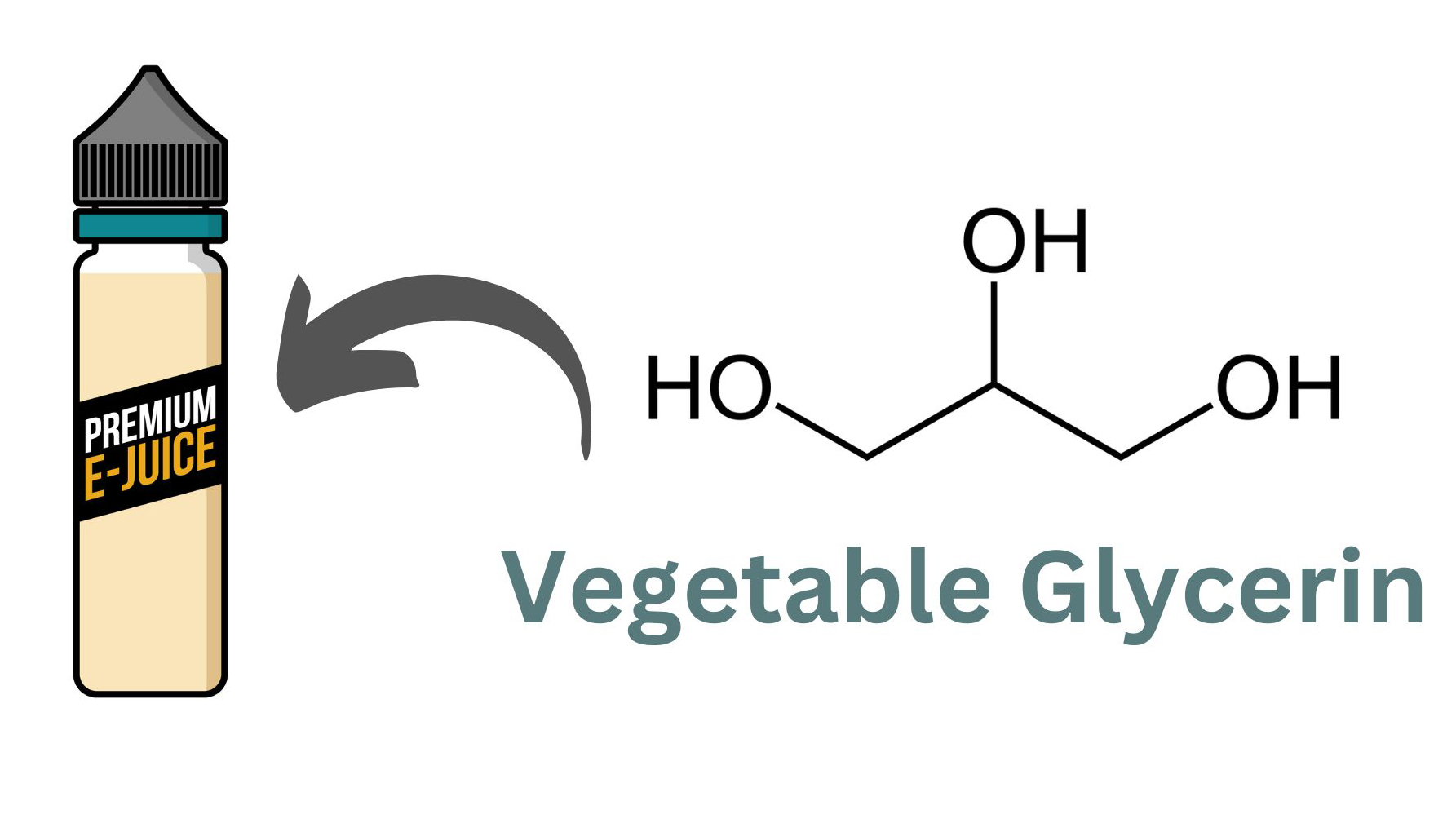

Nicotine
Nicotine is, of course, the primary active vape juice ingredient. Although there is a surprising level of demand for nicotine-free vapes, most people use vape juice with nicotine because they want to replace the nicotine in cigarettes. E-liquid comes in a wide range of nicotine strengths, with the most common strengths ranging from 0.3 percent (3 mg/ml) to 2 percent (20 mg/ml) by volume. In some regions, higher strengths are also available.
Until relatively recently, most of the e-liquid used in e-liquid was extracted naturally from tobacco leaves using a basic solvent such as ammonia. Using a solvent that increases the pH of the solution also changes the nicotine from a salt – which is what nicotine is in its original state – to a free base. Freebase nicotine was the most common form of nicotine used for e-liquids and nicotine replacement products.
Today, though, two additional forms of nicotine are also used as vape juice ingredients.
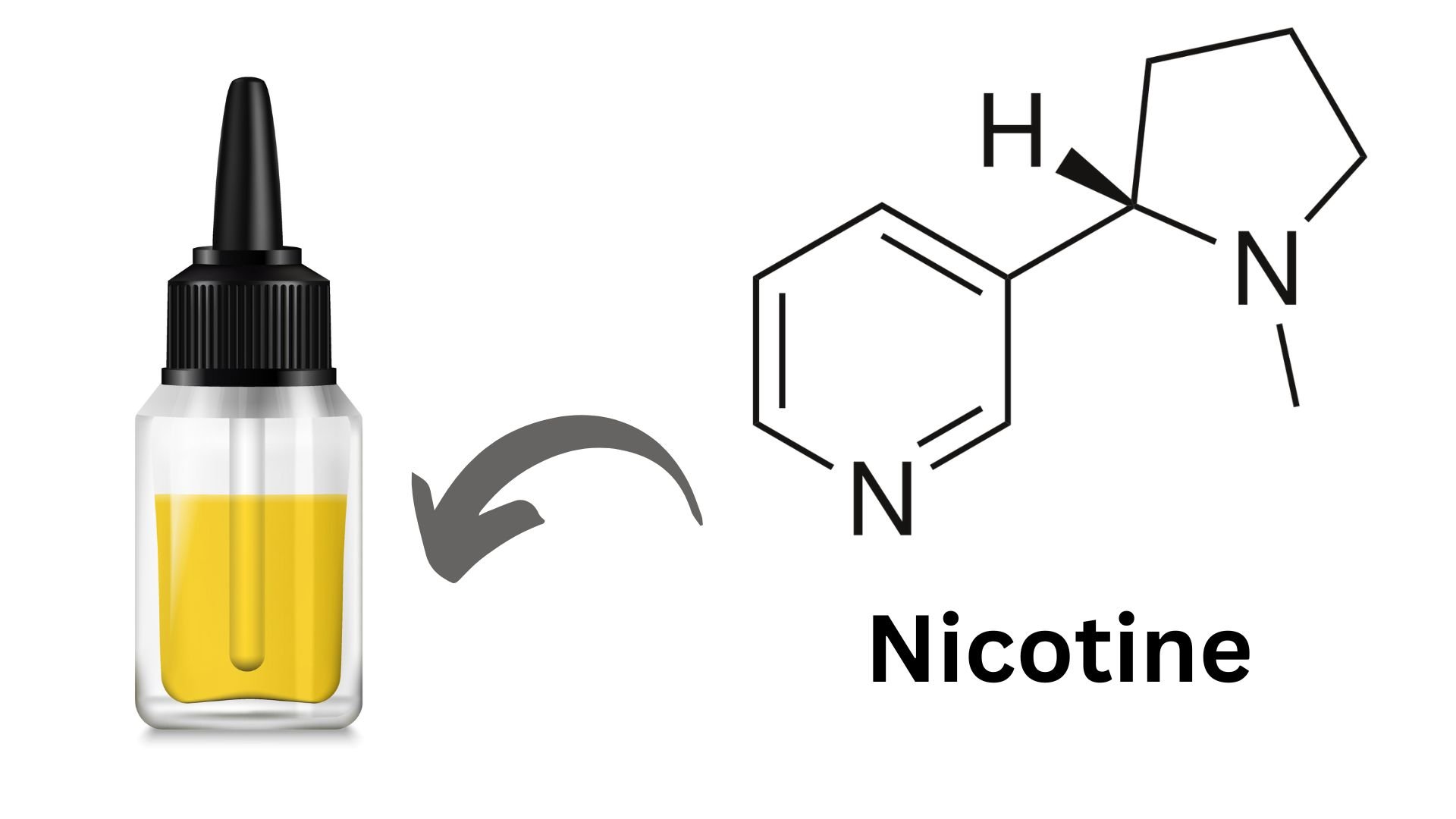

Flavors
The final ingredient that makes vape juice what it is – and separates the various products from one another – is a combination of natural and artificial food-grade flavors. E-liquid makers use the same flavoring agents used by companies in the food, snack, candy and beverage industries, and that’s one of the reasons why a great vape juice can taste almost exactly the same as a popular candy or drink. If an e-liquid maker can manage to crack the code of a well-known product and come up with a similar combination of flavors, the resulting product can taste almost exactly the same as the actual food.
E-liquids come in a variety of different flavors that’s virtually endless. You can find vape juices that taste like candy, baked goods, desserts, cereals, dairy products, fruits, beverages and more. Of course, you can also find tobacco and menthol e-liquids that attempt to provide a satisfying flavor similar to that of a cigarette.
In addition to flavoring agents, it’s also common for e-liquids to include sweetening agents. People love sweet flavors, and research has shown that most of the people who switch to vaping and quit smoking successfully do so with sweet e-liquids rather than ones that attempt to recreate the flavor of cigarettes. The most common e-liquid sweetener is sucralose, which can make a vape juice taste almost as if it’s sweetened with real sugar. It’s wise to use an e-liquid that keeps the sucralose level to a minimum, though, because sucralose can cause vape coils to burn out more quickly.

